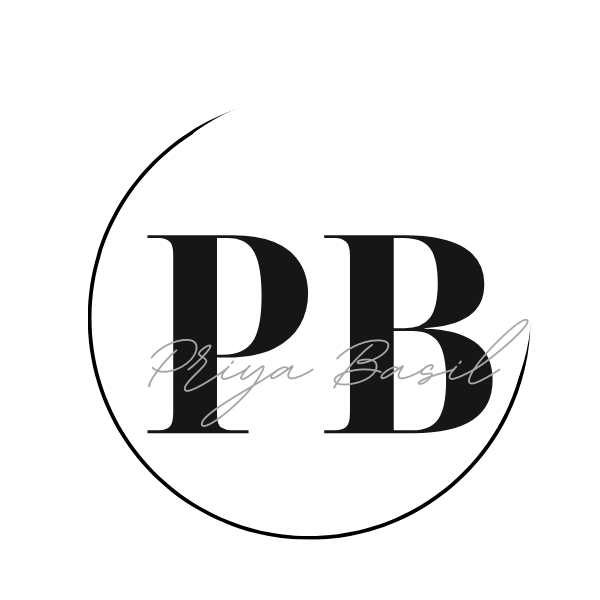A guide for the nursing diagnosis
What is a nursing diagnosis?
The clinical judgment concerning response to the health conditions is called nursing diagnosis. In light of the nursing diagnosis, doctors recommend medication to the patients. It leads the nurse to develop a care plan for the patient.
Primary purposes of nursing diagnosis:
- It helps to identify the nursing priorities and direct nursing interventions on the diagnosed problems.
- It helps to identify the specific problem a patient is going through and develop a care plan for the issues to be resolved—it diagnosis the problems in a particular group or community of people suffering from the same problem also.
- It also acts as a basis of communication between the doctor and the patient and creates an understanding between healthcare professionals and sufferers.
- Nursing care is evolved due to nursing diagnosis. The cost-effective care plan can also be developed.
- It is also an effective tool for teaching nursing students, to sharpen their skills and enhance their critical thinking abilities.
- It helps the formulation of expected outcomes and can draw the attention of the concerned authorities to a particular problem.
Parts of nursing diagnosis:
There are five parts of the nursing diagnosis process or assessment. The nurses promote awareness about the diagnosis that defines the degree of the problem or disease by which the professionals decide the treating process. The following are the parts that make up the whole diagnosis process work.
Assessment:
The first step of diagnosis is the basic assessment of the problem. Whether it is psychological, emotional or physical, the basic assessment identifies the patient’s health issue. It can be identified through an interview with the patient with the necessary physical examination.
Diagnosis:
Once the assessment is completed, the nurse will gather the collected information and takes into consideration the healthcare professional for further tests. The diagnosis involves the judgment and critical thinking of a nurse. The diagnosis can contain more than one issue with a single patient.
Planning:
After diagnosis, the nurse, along with the medical staff and the patient agree on a plan of treatment that will be provided to them. The issue of the patient is given proper treatment, and the nurse keeps a measure of all the outcomes to be beneficial for the patient. All of this process is gathered into the planning process.
Implementation:
Each step is connected. After the planning, implementation occurs. The process of implementation brings the plan into effect. In this part, proper monitoring, improvement, change and care plan is measured critically to ensure that the patient is being treated properly, and the implementation has been done correctly.
Evaluation:
Does implementation work? In the last part, this question brings an answer. The last part of the nursing diagnosis delivers the possible outcomes of the treatment given to the patient. It evaluates that if the goals are being achieved or not that the nurse applied from the first step.
Sometimes, it is difficult for nurses to diagnose the problems at first because the patients suffer from much anxiety. The highest priority of a nurse is giving the best care to the patients and diagnose the problem quickly. In this way, they work to lessen the pain of their patients.

